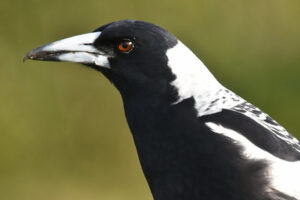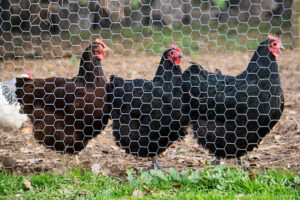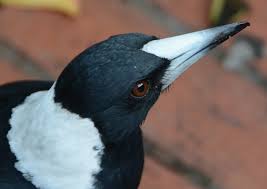I have moved to a new residence and am thrilled to see that we still have magpies as company. I know we are not supposed to feed wildlife but, well, we are not supposed to eat much chocolate, either. Once in a while I was so taken by the magpies where we lived that I could not resist the occasional giving them a handout of a few crumbs. A few were so bold as to approach me within touching distance and when I held out my hand with some bread crumbs they looked at me “just to be sure I knew what I was doing” before crocking their heads sideways so that their beaks would pick up the crumbs with a sideways approach. Thus they avoided the risk of punching my hand with the sharp end of their beaks.
I was reminded how as a child I fed chooks and how they would just peck peck peck away into the palm of my hand without any thought of the punches they were inflicting.
Magpies? No, not like that at all. They would carefully turn their heads sideways to be sure that they lifted a crumb from my hand without any risk of their beak’s sharp end poking me. Magpies — humane, thoughtful, aware. Chooks — thoughtless, dumb.



